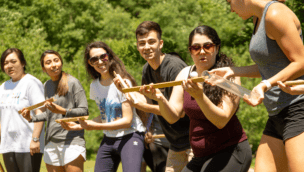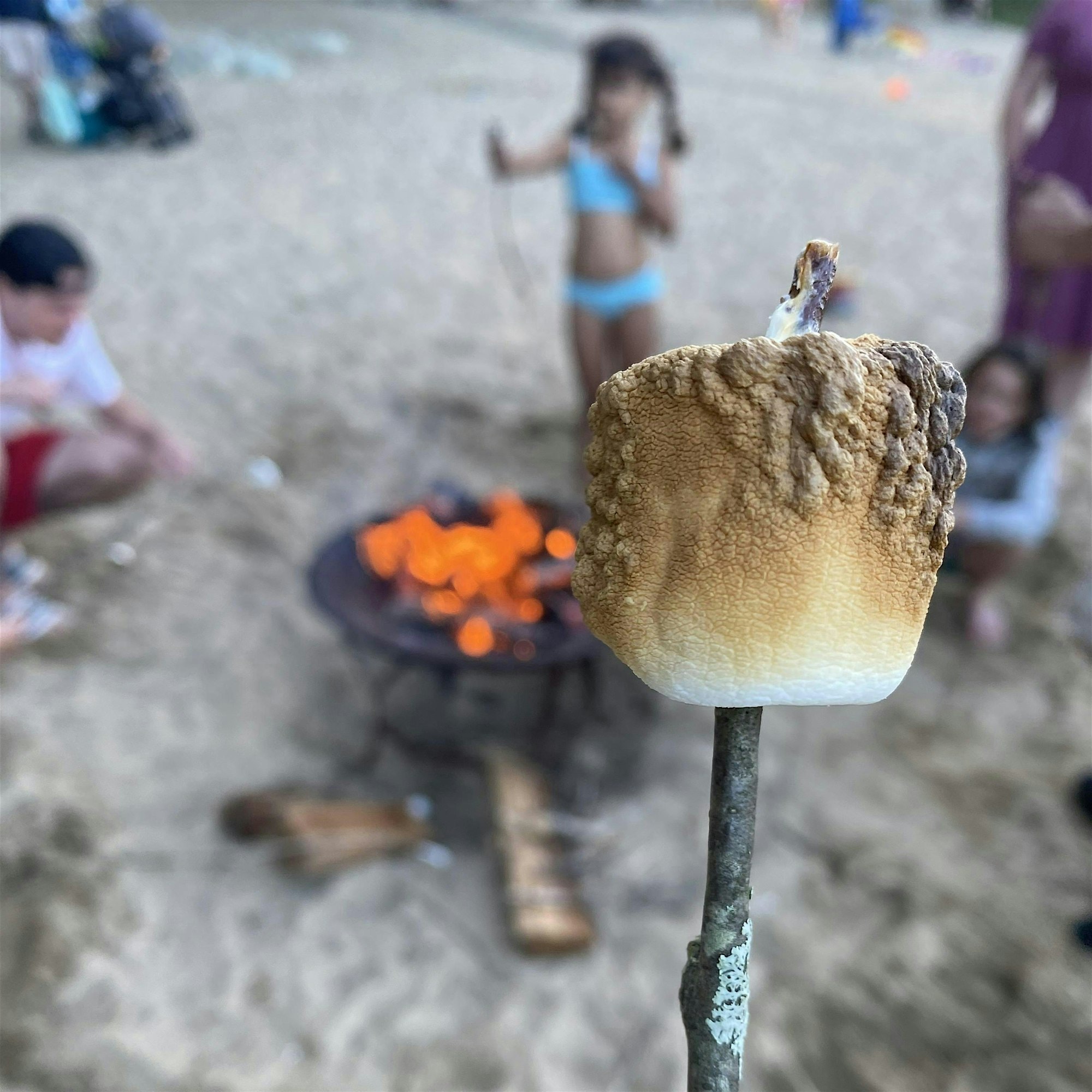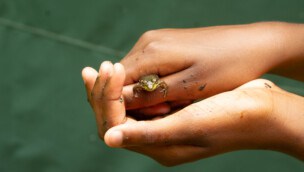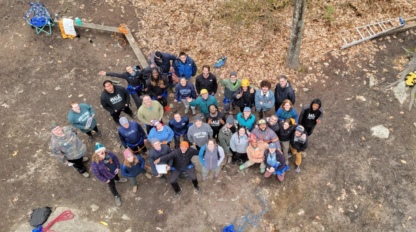A Community of Relief: How the Red Cross of Massachusetts Is Responding to Climate Change

When we think of disaster relief, we often think of volunteers from organizations like the American Red Cross, and there’s a good reason for that. The Massachusetts chapter alone boasts 2,400 volunteers across the commonwealth. The response work provided by chapters across the country, including the local Dedham branch, addresses the immediate needs of victims by providing shelter and food, as well as supplies including blankets, drinking water, snacks, and cleaning products. In the weeks after initial needs are met, the organization provides physical and mental health services, financial assistance, and resilience training, including CPR, First Aid, and fire safety education, so community members are better prepared to face future disasters.
With an increase in natural disasters due to climate change, the need continues to grow. “The Red Cross is responding to nearly twice as many large disasters as we did just a decade ago. In 2023 alone, the U.S. experienced an all-time high of 28 billion-dollar-plus disasters— things like floods, wildfires and severe storms,” says Kelly Isenor, Director of Communications for the Red Cross of Massachusetts. Efforts always begin locally, but when a major weather event occurs, volunteers and employees from around the country— and sometimes other countries— travel to lend a helping hand.
When we think of recent disasters, we might recall a variety of locales stricken with need. However, it’s important to know that many areas are repeatedly affected. “Extreme weather disasters don’t hit everyone equally,” says Isenor. “There are many parts of the country that see back-to-back disasters, and some of those front-line communities are already dealing with other chronic social issues.” People with disabilities, older adults, communities of color, and families with low income are often disproportionately impacted by disasters due to longstanding health and financial disparities.
An example that illustrates these disparities is the story of a woman living in an emergency shelter in Florida after Hurricane Helene. Isenor met her while she was staying with her newborn, who had been born during Hurricane Debby, and her toddler, who was born during Hurricane Idalia. This one family was impacted by three major weather events in just the span of just one year. “I wish stories like these were outliers, but they are common in many frontline communities,” says Isenor.
So how can we help these communities? The Red Cross is always looking for more volunteers, and regularly donating blood or platelets helps the organization ensure hospitals have a stable supply of both. While the scope of climate change and its harrowing effects can often make us feel hopeless, Isenor reminds us of Mr. Rogers’ advice: “Look for the helpers.” First responders, volunteers, scientists, medical professionals, and others are working to build climate resiliency and, with it, hope for the future of our planet.
Photo Caption: Red Cross volunteer Kelly Isenor surveys the damage from Hurricane Ida in September 2021 after delivering a cleanup kit to a disabled veteran in Manville, New Jersey. Photo courtesy of Diane Concannon/American Red Cross









